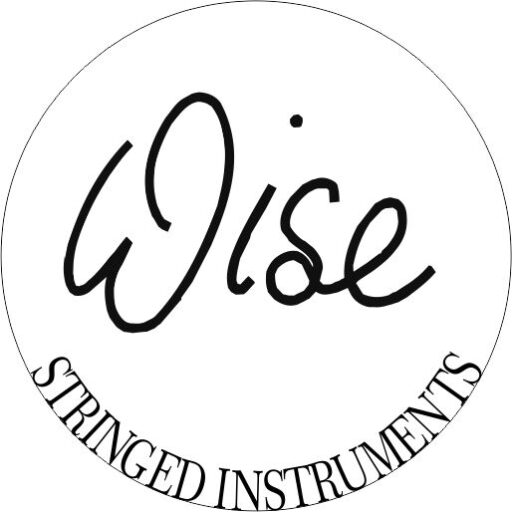
Model 2
One of the smallest steel strings I make, apart from the Tiple and the Terz. Great for recording and the couch.

Model 3
One of my most popular models. A great all- rounder.

Model 4
A 12 fret neck mid-sized guitar. Extremely comfortable to play and a full-sized sound. This model 4 is one of bluesman Eric Bibb’s most treasured instruments.
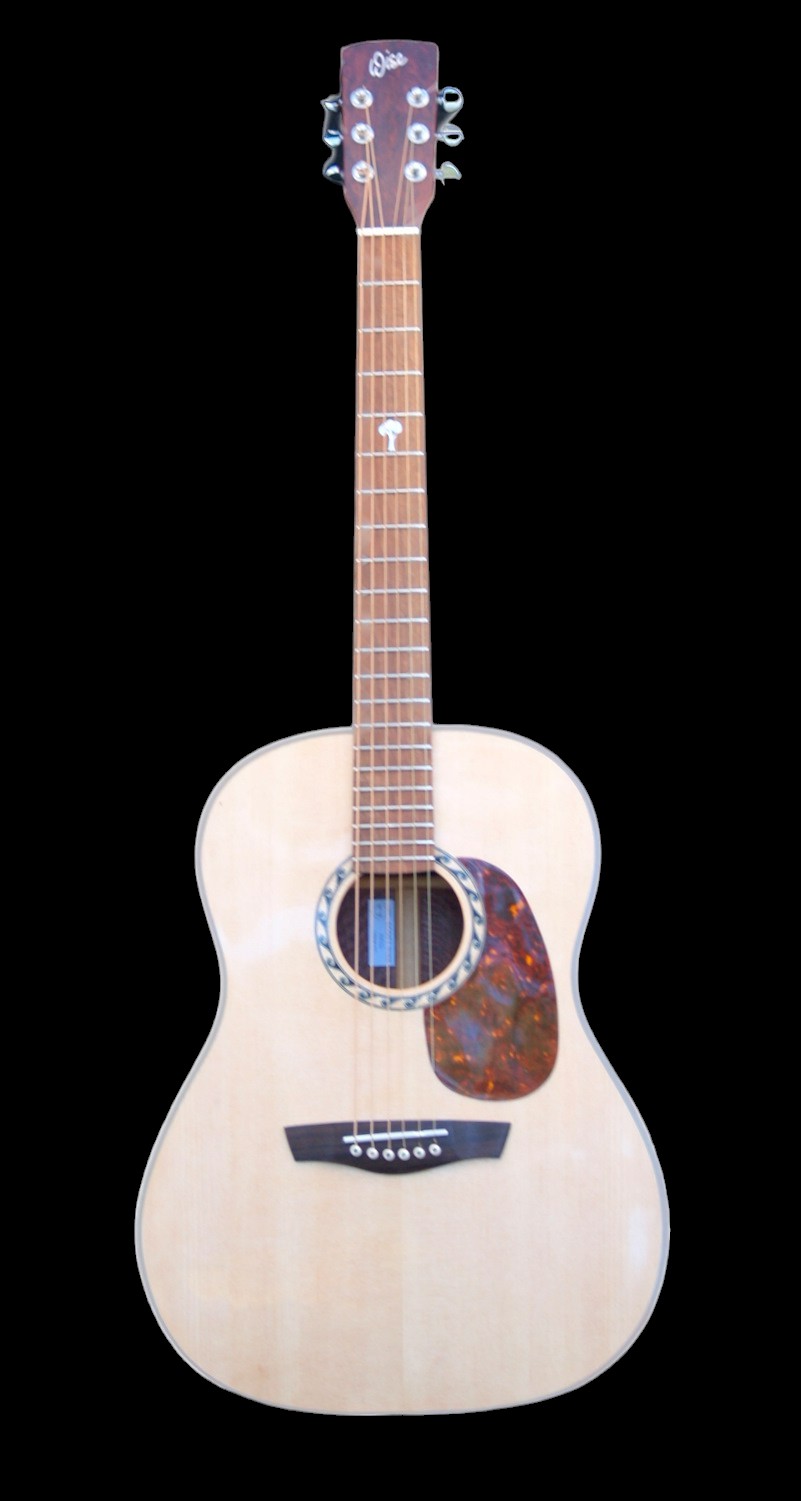
Model HD
A mid-sized guitar with 14 fret neck and slightly wider waist proportions. Designed and braced to give the rhythm sound of a much larger guitar with mid-sized comfort. Great bass response in recording.

Model D
The most common steel string shape in the world – called “dreadnaught” after the large warship or “jumbo” by others. Many bracing and wood choices for different voices.
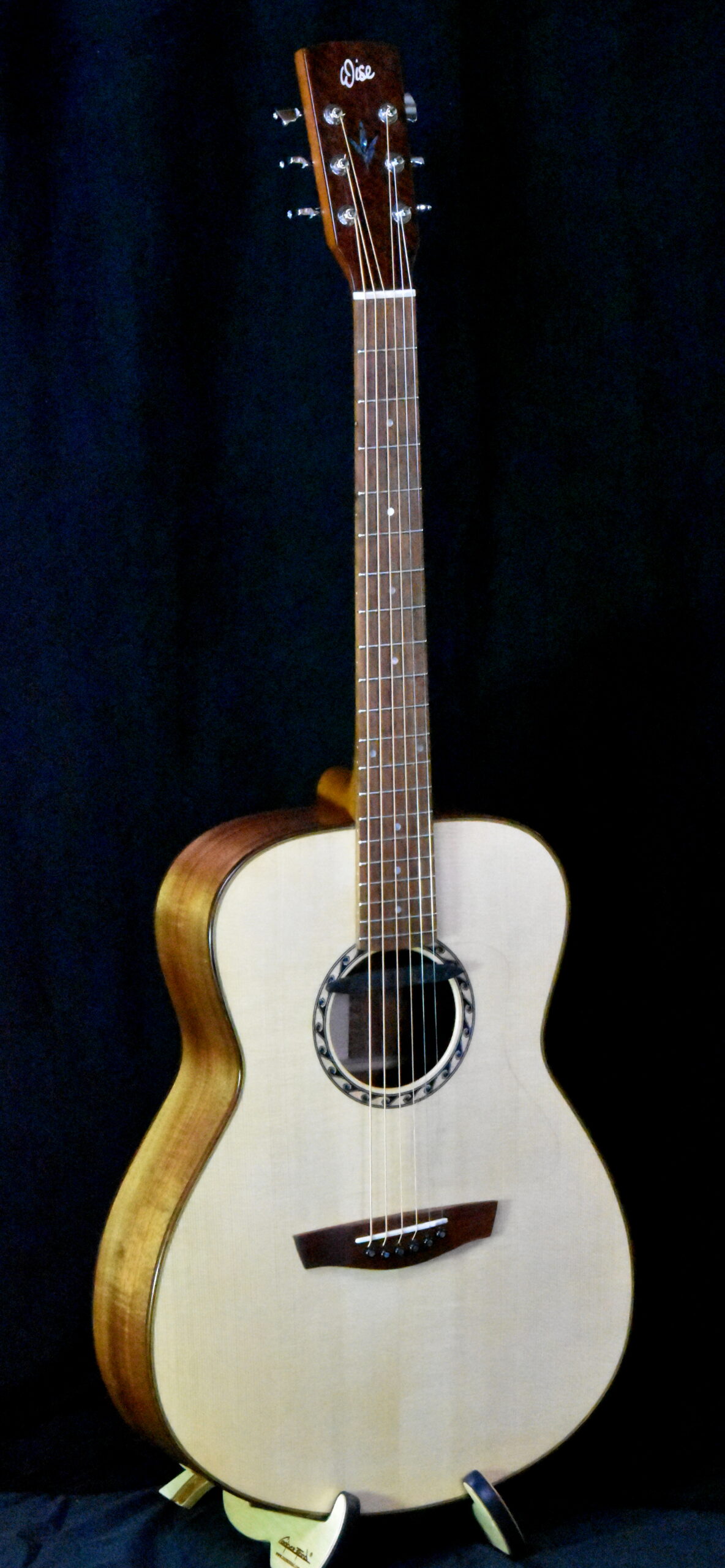
Model 11
This little 14 fret model is after a venerated Japanese guitar from the early 1970s. A really versatile all-rounder in a comfortable size.
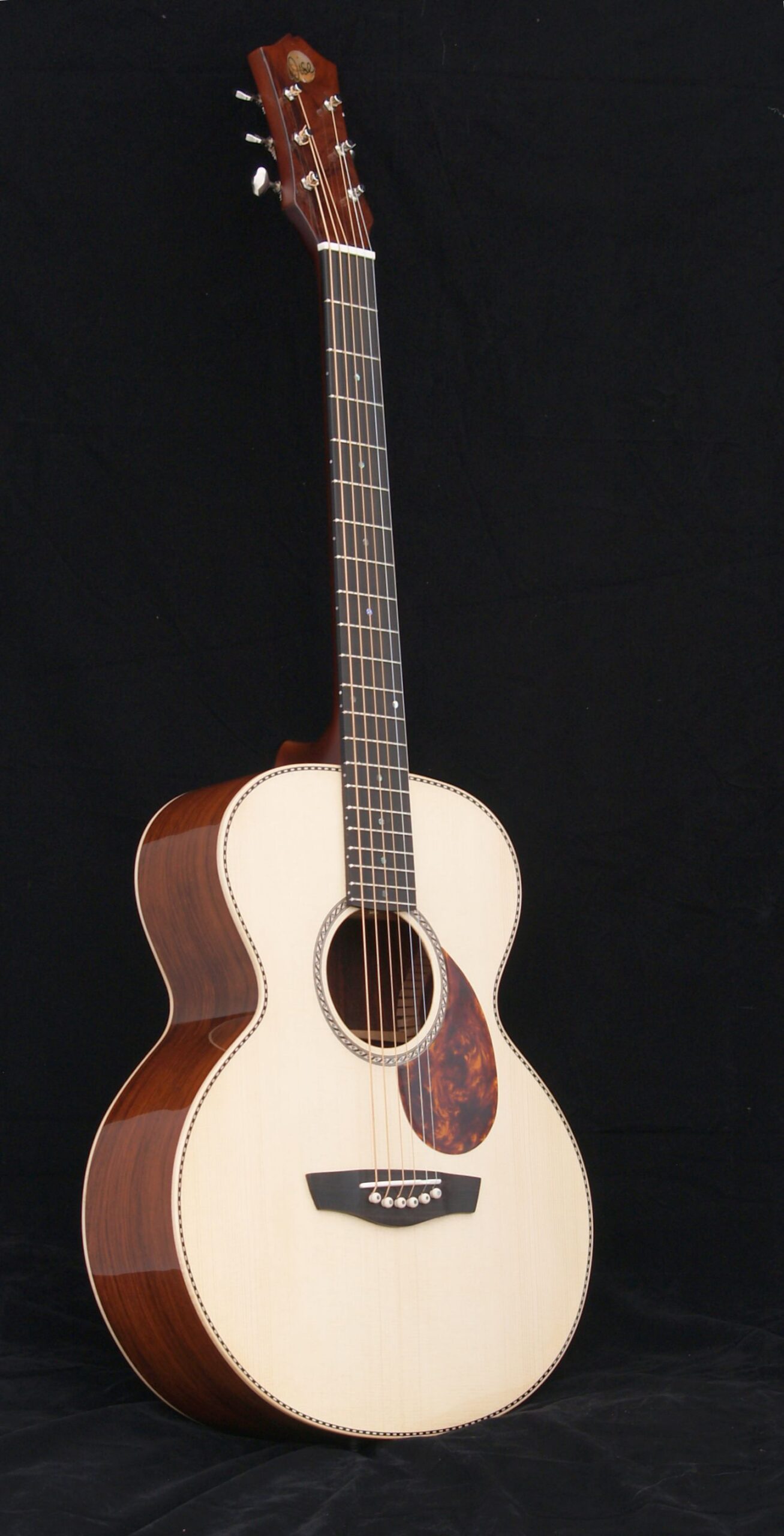
Model 5
A “mini-jumbo”. Great for blues and fingerstyle.

Stage 100
Built on a 16″ archtop pattern, this model suits many styles from rock rhythms to celtic fingerstyle. A large body which is more comfortable to play seated.
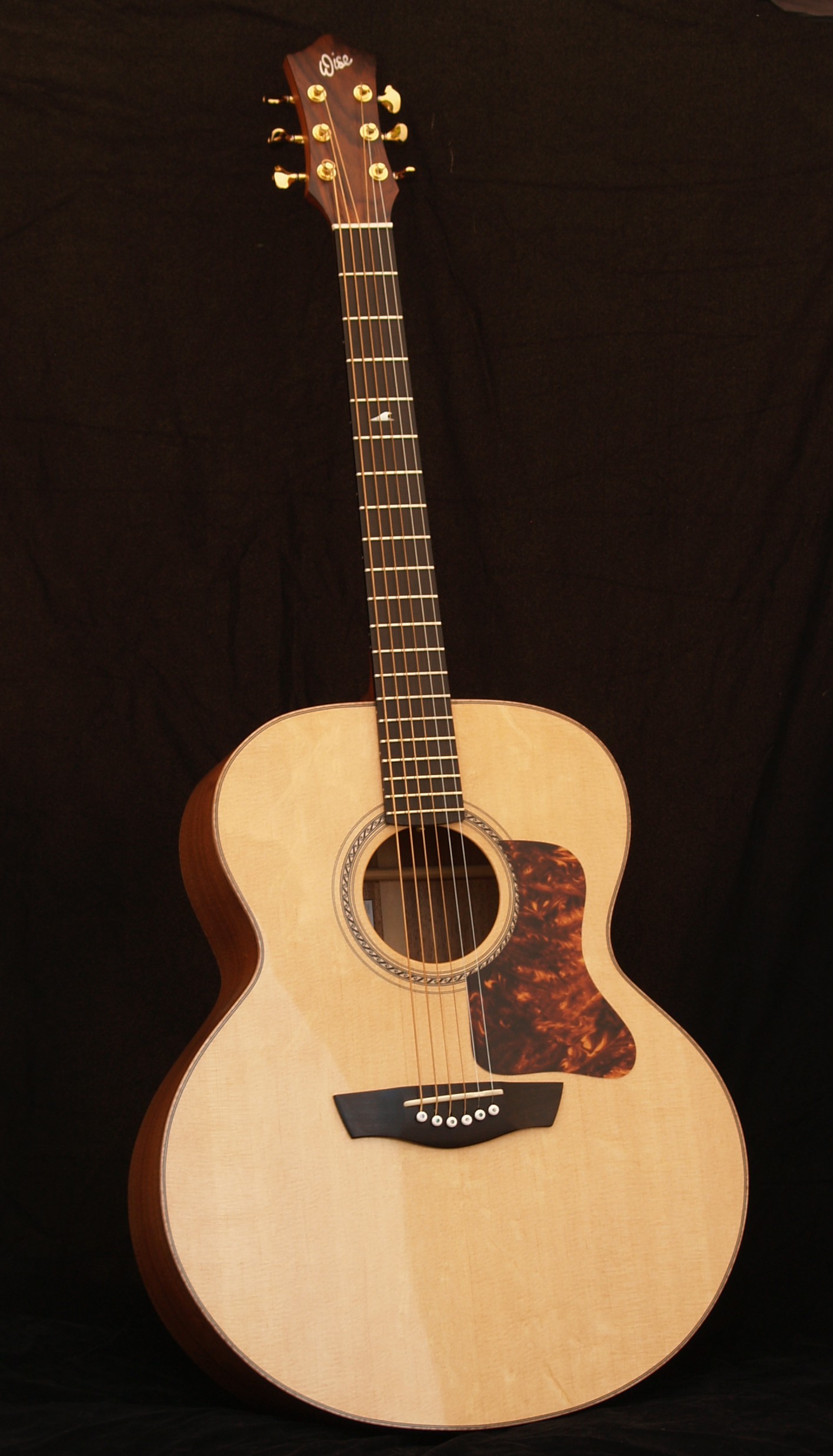
Stage 200
Built on a 17″ archtop pattern, this is a true jumbo, with all of the richness of the 1930s and later guitars which became so popular in rock and country music.
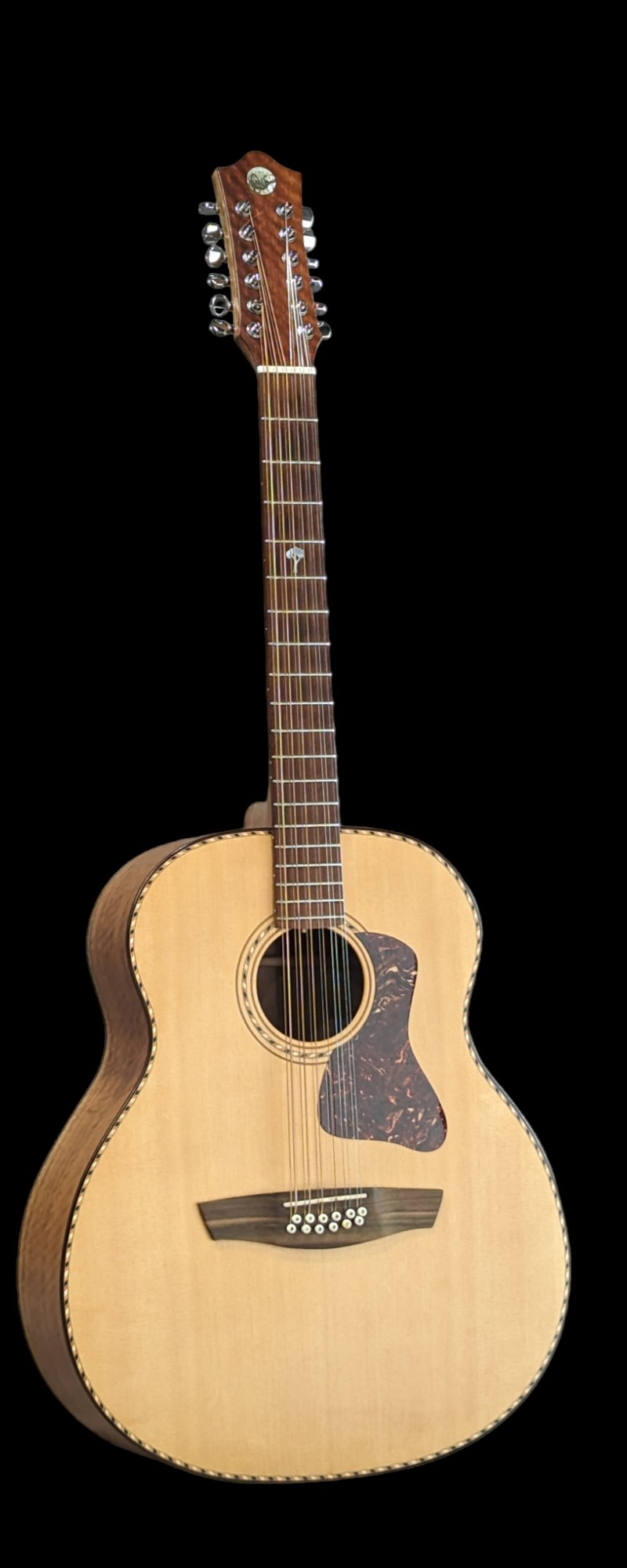
Model 6 / Baritones
My largest body which will fit in a standard case. I use this one for baritones, bajo setxtos – anything which requires a great bass response.
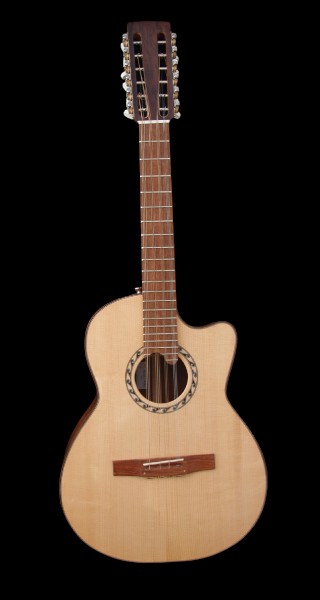
Tiples and Tenors
This body was modeled on a Bolivian Tiple used by Chilean band Illapu, which they kindly let me measure. Good for frequencies down to 130Hz-C3, so I use it for Tiples, Tenor guitars and guitar-shaped Bouzoukis.
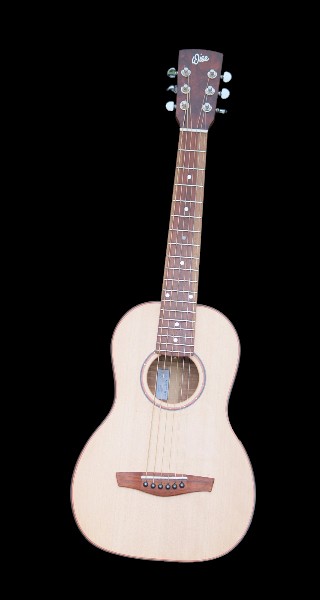
Terz
Last and probably least, this small guitar was a common size in the 1800s, as a size 5 Martin guitar. It’s appropriate to call this size a parlor guitar. Tuned a third higher than standard tuning, hence the name.
